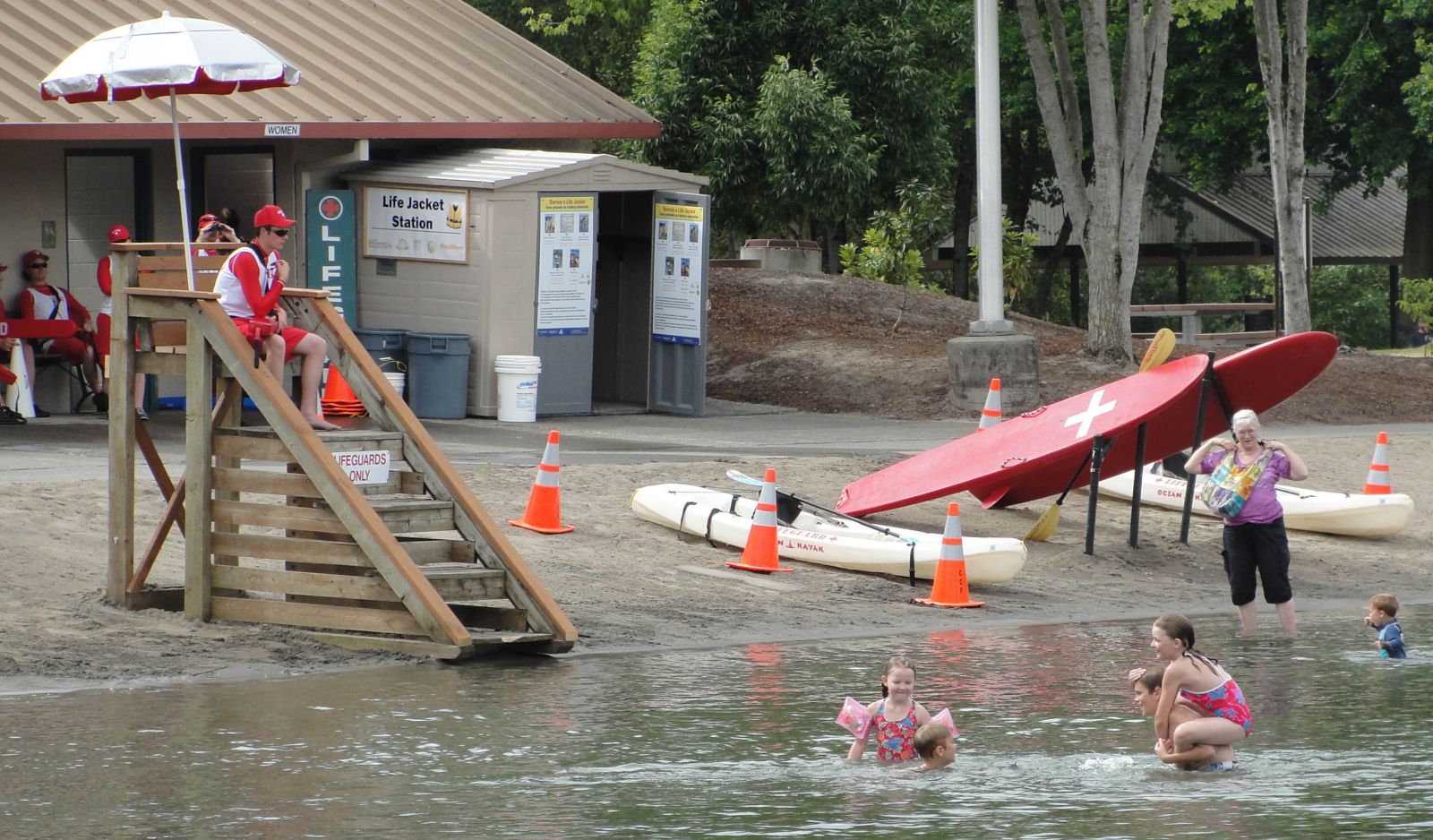
Polk County Conservation Water Quality Monitoring Report
Overview of Water Quality Monitoring at Easter Lake
During the summer recreation season, Polk County Conservation staff conduct regular monitoring of Easter Lake’s water quality, focusing on swimming, boating, and fishing areas. Weekly water samples are collected and tested for the presence of Escherichia coli (E. coli) bacteria to ensure public health and safety.
Significance of Monitoring E. coli Levels
- E. coli serves as an indicator organism for potential contamination by pathogens that may cause illness if ingested.
- While not all E. coli strains cause illness, elevated levels suggest increased risk of waterborne diseases.
- Monitoring aligns with Sustainable Development Goal (SDG) 3: Good Health and Well-being, by protecting communities from waterborne illnesses.
Weekly Reporting and Public Safety Measures
- Water quality test results are posted weekly on Thursdays or Fridays for public awareness.
- If E. coli levels exceed recommended thresholds, warning signs are displayed at the Athene North Shore Recreation Area beach advising against swimming.
- This proactive communication supports SDG 11: Sustainable Cities and Communities, by promoting safe recreational environments.
Current Water Quality Status (As of June 20, 2025)
- E. coli levels are currently within acceptable ranges.
- Swimming, boating, and fishing activities are deemed safe and encouraged as healthy recreational options.
Factors Influencing E. coli Presence in Easter Lake
- Not all E. coli strains cause human illness; however, their presence indicates potential contamination by other pathogens.
- High E. coli levels may increase the risk of illness but do not guarantee infection.
- E. coli originates from natural environmental sources as well as animal and human waste.
- Environmental factors such as heat, lack of rainfall, and a large local goose population contribute to elevated E. coli levels.
Guidance for Recreational Activities During Elevated E. coli Levels
Decisions regarding water-based recreation when E. coli levels exceed safe thresholds should consider personal risk tolerance. Key recommendations include:
- Avoid swimming when advised against due to high E. coli levels.
- Fishing and boating are generally safe with minimal risk of illness.
- Practice thorough handwashing after water contact and before eating to reduce health risks.
This approach supports SDG 3 by minimizing health risks and SDG 6: Clean Water and Sanitation, by promoting responsible water use and hygiene.
Additional Resources
For further information on water quality monitoring and safety guidelines, please consult the following resources:
Conclusion
Polk County Conservation’s ongoing water quality monitoring at Easter Lake exemplifies commitment to sustainable environmental management and public health protection. These efforts contribute directly to achieving multiple Sustainable Development Goals, including SDG 3, SDG 6, and SDG 11, by ensuring safe recreational water use and fostering community well-being.
1. Sustainable Development Goals (SDGs) Addressed or Connected
- SDG 3: Good Health and Well-being
- The article discusses monitoring E. coli levels to prevent waterborne illnesses, directly relating to ensuring healthy lives and promoting well-being.
- SDG 6: Clean Water and Sanitation
- Regular testing of water quality in Easter Lake aligns with ensuring availability and sustainable management of water and sanitation for all.
- SDG 15: Life on Land
- Managing environmental factors such as animal populations (e.g., geese) that contribute to water contamination connects to protecting, restoring, and promoting sustainable use of terrestrial ecosystems.
2. Specific Targets Under Those SDGs Identified
- SDG 3 Targets
- Target 3.3: By 2030, end the epidemics of waterborne diseases and other communicable diseases.
- SDG 6 Targets
- Target 6.3: By 2030, improve water quality by reducing pollution, eliminating dumping, and minimizing release of hazardous chemicals and materials.
- Target 6.1: Achieve universal and equitable access to safe and affordable drinking water.
- SDG 15 Targets
- Target 15.1: By 2020, ensure the conservation, restoration, and sustainable use of terrestrial and inland freshwater ecosystems.
3. Indicators Mentioned or Implied to Measure Progress
- Indicator for SDG 3.3
- Prevalence of waterborne pathogens such as E. coli in recreational water bodies to monitor risk of illness.
- Indicators for SDG 6.3 and 6.1
- Weekly E. coli concentration levels in Easter Lake water samples.
- Number of days or weeks when E. coli levels exceed recommended thresholds, triggering swimming advisories.
- Indicator for SDG 15.1
- Assessment of environmental factors contributing to water contamination, such as animal populations (e.g., geese) affecting ecosystem health.
4. Table of SDGs, Targets, and Indicators
| SDGs | Targets | Indicators |
|---|---|---|
| SDG 3: Good Health and Well-being | Target 3.3: End epidemics of waterborne diseases by 2030 | Prevalence of E. coli and other waterborne pathogens in recreational waters |
| SDG 6: Clean Water and Sanitation |
|
|
| SDG 15: Life on Land | Target 15.1: Conservation and sustainable use of terrestrial and freshwater ecosystems | Monitoring environmental contributors to water contamination such as animal populations (e.g., geese) |
Source: polkcountyiowa.gov







